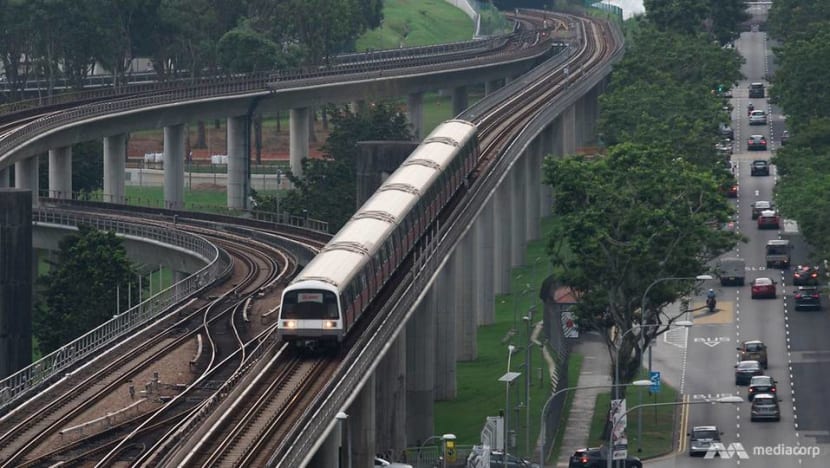Free public transport for vulnerable groups will create 'financial burden' on commuters or taxpayers: Iswaran
SINGAPORE: The Government has always tried to keep public transport affordable for all, especially vulnerable groups, but making public transport free for such groups will create a "financial burden" on commuters which is "no means insignificant", said Transport Minister S Iswaran.
Associate Professor Jamus Lim (WP-Sengkang) on Tuesday (Mar 8) had suggested that seniors and persons with disabilities be given concession cards for free public transport. Responding to this on Wednesday, Mr Iswaran said that it was important to understand what is being done today in Singapore and what the suggestion meant for commuters and taxpayers.
Speaking in Parliament during his ministry's Committee of Supply debate, Mr Iswaran noted that the challenge the Government faces is in striking the “difficult, but essential” balance between quality, affordability and financial sustainability of Singapore’s public transport system over the long term.
As the Government manages increasing costs, it has tilted public transport subsidies towards more vulnerable commuter segments, added Mr Iswaran.
Giving the last two fare review exercises as an example, he noted that the Government has set aside approximately S$20 million a year in public transport vouchers to help cushion the impact of the fare increase.
Seniors and persons with disabilities from lower-income households can benefit from this additional support, Mr Iswaran pointed out.
“When Associate Professor Jamus Lim suggests making public transport free for seniors and persons with disability, we understand where he is coming from, yet don’t necessarily agree with where he suggests we go,” said Mr Iswaran.
He said that the Government spends more than S$2 billion annually in subsidies for public transport commuters - about S$1 billion for bus operations, and S$1 billion for train operations.
And on average, it subsidises more than $1 for every journey taken on public transport, Mr Iswaran said.
As of January this year, there are around 975,000 seniors and persons with disabilities who hold concession cards, added Mr Iswaran. Depending on the trip, they receive a discount of up to 55 per cent from what an adult commuter would pay.
“The member has estimated that his proposal will cost S$300 million to S$400 million annually, which he has acknowledged has to be paid for by commuters or taxpayers. Using his numbers, for taxpayers, this would mean a 15 to 20 per cent increase to the S$2 billion in subsidies already borne by them,” said Mr Iswaran.
“If borne by commuters, adult fares will have to be increased by around 20 to 25 per cent today, or 30 to 40 cents on average. This is up to 11 times the fare increase last year. This financial burden is by no means insignificant.”
And this financial burden will grow by 2030 when the number of persons with disabilities and seniors aged 60 and above is expected to increase to about 1.2 million, the Transport Minister pointed out.
AN "EQUITABLE AND SUSTAINABLE APPROACH"
Mr Iswaran said that the Public Transport Council (PTC) recognises the need to ensure that fares remain affordable for vulnerable commuter groups and adopts a different approach.
“When fares are increased, PTC has apportioned less of the increase to concessionary commuter groups, and more to other adult commuters. But everyone pays a share and those who can pay more do so,” said Mr Iswaran.

“This is a more equitable and sustainable approach, which has served us well over the years.”
Looking ahead, several “converging trends” will affect Singapore’s public transport system over the next decade, he added. These include a growing rail network, shifting work and travel patterns, an ageing population and volatile energy prices.
And amid these changes, it is important to have a “fair formula” for long term financial sustainability, explained Mr Iswaran.
MOT will commence the fare formula review this year and conclude the exercise by next year, he noted.
Said Mr Iswaran: “The PTC will continue to strike the delicate balance across cost pressures faced by public transport operators, the burden on taxpayers of public transport subsidies and fair affordability to commuters.”















